
If you’re a welder or need welding as part of your work, it’s more than likely that you’re eventually going to come across a situation where there’s no power supply on hand. In that case, a welder generator offers a portable power supply that can support the high demands of professional welding equipment.
In order to help you find the best welder generator for your needs, we looked at 5 of the most popular products on the market today. The Lincoln Electric Eagle 10,000 Plus welder generator won our Editor’s Choice award thanks to the fact that it can handle any type of welding. It also comes with a massive 12-gallon fuel tank, so you don’t have to worry about low fuel interrupting your work. We also gathered up four other high-quality welder generators that are worth a closer look.
In order to help you find the right generator for your welding projects, we considered a number of different features. We looked first at power output, since that affects what types of welding tools and styles you’ll be able to run. We also looked at the reliability of the engine – a heavy-duty generator is a big investment, after all. Finally, we considered whether there were extra outlets that you can use to power work lights or even your home. You’ll find all five of our top picks in the table below, followed by detailed reviews of each generator. Continue reading for our buying guide, which covers everything you need to know about picking the best engine-driven welder generator for you.
The Lincoln Electric Eagle 10,000 Plus handily took our Editor’s Choice award. This welder generator is beloved by users, and for good reason – it comes with just about everything you could need for a seamless experience.
To start, the generator is built around a 23-horsepower Kohler motor. It’s extremely reliable, with many users reporting back that their generator is still working after several years of regular use. Even better, this engine is surprisingly quiet given that it’s capable of putting out 9,000 watts of power continuously. It’s rated at just 76 dB, so it won’t bother your neighbors if you’re working on projects in the garage.
The generator turns on with a recoil starter or electric push-button start. You can adjust the power output to suit your welding project using both a three-position range selector and a fine output control knob. The DC welding is designed for a standard arc or stick welding tool, but you can also add MIG, flux-cored, and TIG welding tools (sold separately). The DC output is impressively smooth, and the generator comes with a grounding output and clamp so you don’t need to worry about electrical safety while working.
Helpfully, you can use this generator for more than just welding. It’s equipped with a pair of standard 120-volt AC outlets and a 120-volt/240-volt 50-amp outlet to run heavy-duty tools like an air compressor. Given how much power this welder generator has to offer, it’s fairly easy to use it to run an entire worksite without making any compromises.
Another thing to note is that Lincoln built this generator with a 12-gallon fuel tank. That gives you a full day of runtime for most welding projects. You can also monitor your remaining fuel and power output thanks to the built-in LED hour meter.
The only things to dislike about this generator are the weight and cost – they’re both high. But, that’s not surprising for such a reliable generator with a massive amount of power.
If you’re looking for the best small welder generator, the Tomahawk TWG210A is it. This generator is built around a 15-horsepower Tomahawk Power engine that supplies up to 2,000 watts. Interestingly, it’s an inverter generator. That pushes up the price somewhat, but it also means that you get much steadier sine waves and more consistent output to your welding electrode.
Another nice feature to this generator is that the amperage dial is much larger than what you’ll find on most other welder generators. That gives you truly fine control over how much current you’re drawing for any welding project. Even better, the welder generator comes with stick leads and TIG torch, and you can also run MMA welding tools off of this unit.
The biggest downside to this generator is the duty cycle. It’s limited to a 60% duty cycle at 210 amps – the unit’s maximum current output – so you’ll be forced to take frequent breaks in your work. This is fine for smaller jobs, but it can be problematic as the amount of welding work you have lined up increases.
Running additional tools off this generator while welding can also be an issue. The generator is equipped with two 120-volt, 20-amp outlets that can handle most power tools or work lights. However, since the generator is limited to 2,000 watts of output power, you’re likely to find yourself running up against power limits if you run multiple tools at once.
Still, there are other advantages that come with having a smaller engine and overall build. This is by far the lightest engine-driven welder we looked at, and it’s mounted on never-flat wheels for simple portability. Even then, it doesn’t skimp on peripherals – it has a built-in digital hour meter to keep an eye on the seven-gallon gas tank and an electric start function.
The Lincoln Ranger Engine Welder Generator K3459-1 is a top-of-the-line machine offering advanced technology to improve weld performance and productivity.
It is up to 60% quieter than other machines in its class to enhance safety and comfort in the workplace.
The Ranger 330MPX has a smaller footprint and is 25% lighter than competing units in its class. It requires less bulk and effort to bring to the job site, allowing you to carry more tools and add-ons. The Ranger 330MPX’s digital user interface offers a variety of cutting-edge technology that enhances weld quality and productivity.
The compact size and low decibel rating make it easy to transport and use.
The digital user interface is easy to use and provides all the necessary information to get the job done right.
The Multiquip GAW180HEA is a very powerful 180 amp gasoline generator with a peak watts of 3,000. It features the popular commercial grade 4 stroke Honda GX-340 engine. The engine has 10.7 horsepower and had a 3.7-gallon fuel tank that uses gasoline.
It has a dual starting mechanism: this is based on automatic electric start and recoil start with the rope built-in. The generator is a traditional type with an open-frame structure. It measures 246 lbs weight. You should note that transport may be an issue with this weight as the generator has no portability feature. It doesn’t feature any wheel nor a carry handle. So, to carry this into the vehicle or straight to the construction site, it will have to be carried by two persons.
It features a permanent magnet alternator and features found in large welders. The engine is air-cooled and it can support welding processes such as SMAW, FCAW, GTAW, and ACAC.
It features inverter technology for the level of quality suitable to contractors. the inverter technology improves the control of sine waves and results in a clean alternating current and direct current output. You can use the generator in farmhouses, construction sites, remote areas, and other welding use.
It features an arc force control that lets the operator be able to fine-tune the current during low voltage uses. It prevents electrodes from sticking while making short arc welding.
This burly welder generator from Hobart is a close competitor to the Lincoln Electric Eagle 10,000 plus. To start, it features the same 23-horsepower Kohler engine inside and is built with a massive 12-gallon gas tank so that you can get the most out of your welding projects. It also matches the Lincoln in adjustability, as the Champion Elite has a three-position range switch and an adjustment knob for further fine-tuning.
One important thing to note about this generator is that it only comes with an electric start function, not a recoil starter. That’s not a huge knock, but it can leave you in trouble if the onboard battery ever dies for some reason. Without it, there’s no other way to start the generator.
The Champion Elite supports a 100% duty cycle at 225 amps, which is pretty great. That means you don’t need to take a break from your welding at any point when running through light- and medium-duty jobs. It’s designed primarily for stick welding, but you can also set it up for TIG and flux-cored welding tools.
Another reason this generator stands out is that it’s packed with additional outlets. You get four GFCI-backed 120-volt AC outlets, plus two 50-amp outlets. That allows you to power other tools at your work site, including a plasma cutter if you need that for metalworking jobs.
The Champion Elite is lighter than most of its competitors in this size class, but that’s not saying much – it still weighs around 500 pounds. Hobart sells an optional wheel kit to help with portability, which is nice.
Now that you’ve read more about our five favorite welder generators on the market, how do you decide which one is right for you? Some welder generators are designed for professional welders and contractors, while others are better suited for hobbyists and occasional welding jobs. In our buying guide, we’ll help you understand the difference and get the best welder generator for your needs.
The number one advantage to having an engine-driven welder generator is reliability. When you get to a new job site, you don’t have to worry about sharing power with other workers or tools and compromising on the consistency of your welding power. Instead, by plugging into your own welder generator, you know exactly how much power you can expect and focus on all the other aspects of your job.
That’s doubly important if you find yourself needing to weld in areas that don’t have power. Farmers and ranchers often face this problem because they’re fixing equipment or fences out in the field, away from any power outlets.
The other big advantage to having a powerful welder generator is that you can handle whatever type of welding you need. Most generators aren’t designed just for stick electrodes – they can also handle TIG torches, MIG welding, or even plasma cutters for slicing cleanly through metal. A welder generator ensures that you can use the tools that are best for the job, without compromising because of power availability.
Welder generators can differ a lot not just in the power they offer, but in what types of welding processes they support and how versatile they are for different situations. So, it’s important to understand what the important features of a welder generator are and how they can affect your work.
Most basic welding jobs rely on stick or TIG electrodes, which operate on DC current. But, there’s a lot more to think about when it comes to current and processes.
To start, you need to decide what types of welding styles you need the ability to do. Stick and TIG are important, but so is the ability to run a flux-cored welding tool. If you want the ability to use MIG welding, you’ll also need AC power outputs that have enough current to power that electrode.
The amount of current is also important to consider. The more current you have, the larger diameter welding torch you’ll be able to use. On top of that, having more current can be important for wire welding and for increasing your process speed. Professional users may need upwards of 200 amps, like the Lincoln, Hobart Champion Elite, and Miller welder generators provide. Hobbyist welders may be okay with much lower currents, in the range of 150 amps or less.
Having AC power output isn’t strictly necessary for welding unless you want to use MIG welding. However, most of the rest of the power tool world runs on AC power, so it’s essential if you want to use your generator for anything other than welding.
Ideally, you’ll have enough wattage to run a welding tool and, say, a drill or power saw at the same time.
All the welder generators we reviewed have AC power outputs, but it’s important to keep in mind the total wattage available as well. You’ll be able to run much more heavy-duty tools with the Lincoln Electric Eagle 10,000 Plus, which offers 9,000 running watts, compared to the Multiquip GAW180HEA with its 4,000 watts of running power.
The outlets you have available for AC tools also matters. Smaller power tools may be able to run on standard 120-volt, 20-amp outlets – the same kind that you have around your house. However, heavy-duty power tools may require 240-volt power or outlets that are capable of delivering currents up to 50 watts. The Lincoln, Miller, and Hobart Champion Elite models all come with 240-volt power outlets for this purpose.
A welder generator is a serious investment, usually in the thousands of dollars. So, you want to be certain that the engine that your generator is built around is itself built to last. Not just that, but you might be in big trouble if your generator’s engine starts acting up in the middle of a big job.
All the welder generators that we reviewed were picked to a significant degree for their reliability. The Lincoln, Miller, and Hobart Champion generators all use the same 23-horsepower Kohler engine, which is extremely well-respected among welders.
Welding generators are by nature noisy, especially if you get one that has a massively powerful engine. However, you can find specific models that are built to minimize noise as much as possible.
The Lincoln Electric Eagle 10,000 Plus is a good example of this – it’s muffled so that it produces just 76 dB of noise. That’s loud, but not so loud that you’ll get complaints from your neighbors.
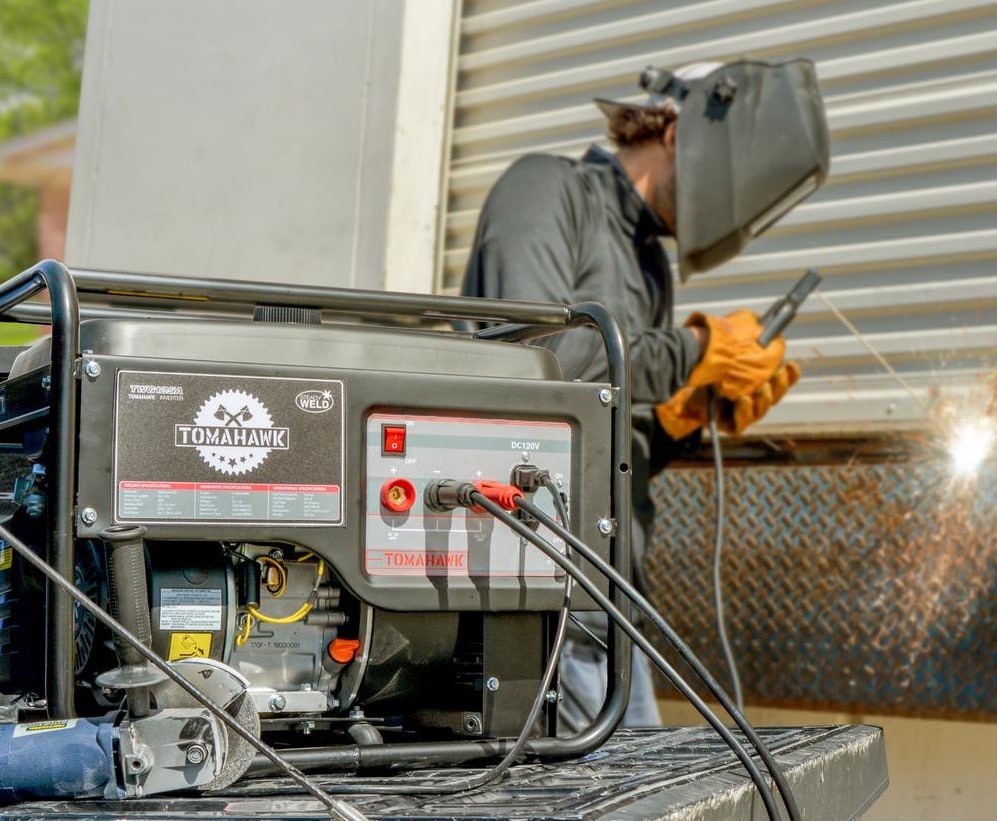
Of course, these accessories aren’t essential. In many cases, you’ll want to spend the money to get high-quality accessories as you build out your welding kit.
Welder generators are large and heavy – unfortunately, there’s not much way around that. However, the size and weight of your generator will depend a lot on the size of the engine and its overall power output. The 9,000-plus watt generators that we reviewed, for example, weigh around 500 pounds, while the much smaller Tomahawk generator weighs just 200 pounds. The Tomahawk and Multiquip GAW180HEA welder generators come mounted on wheels already, but you can also buy wheel kits for some of the larger options we reviewed.
A warranty gives you peace of mind that you’re protected in case anything unexpected happens to your new welder generator. Most of the generators we looked at come with warranties of three years of more. Hobart stands out for offering five-year warranties, while the Tomahawk generator is below the industry average with a two-year warranty policy.
Our three overall favorite engine-driven welders are the Lincoln Electric Eagle 10,000 Plus, the Tomahawk TWG210A and the Lincoln Ranger Engine Welder Generator K3459-1
The Tomahawk is a great choice for hobbyists or occasional welders. It’s small, portable, and fairly affordable, but still works with stick, TIG, and MIG welding processes.
The Lincoln 10,000 Plus is built with a 23-horsepower Kohler engine, a 12-gallon fuel tank, and four 120-volt outlets. It also has a more natural user interface, backup recoil starter, and versatility for any welding job.
The Lincoln K3459-1 is also one of the best welder generators. It is quiet, has a smaller footprint, and is 25% lighter than competing units, having a user-friendly digital interface.
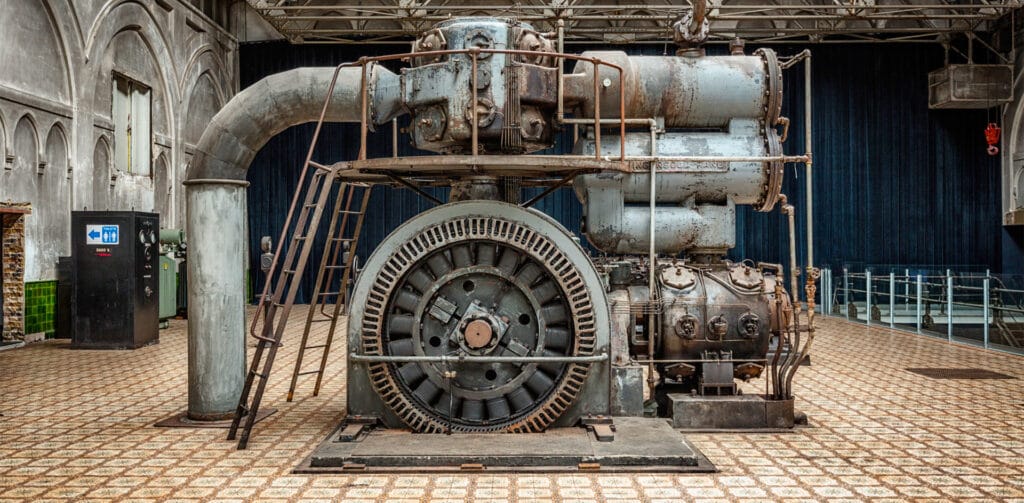
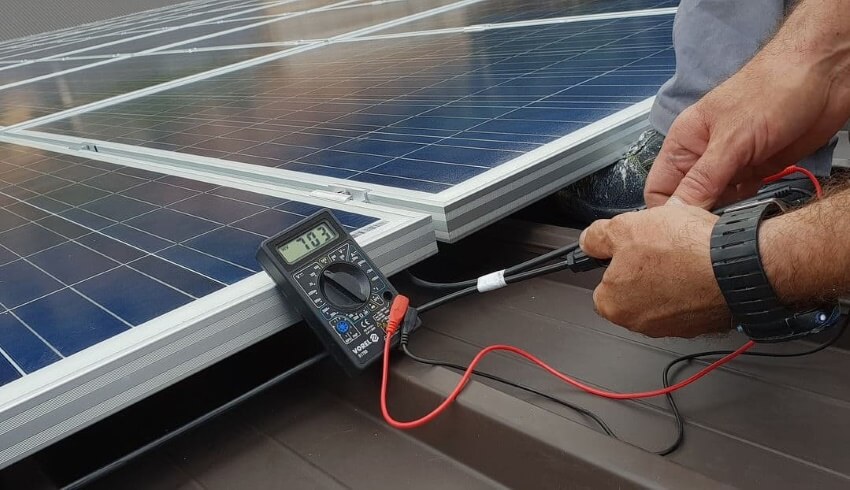
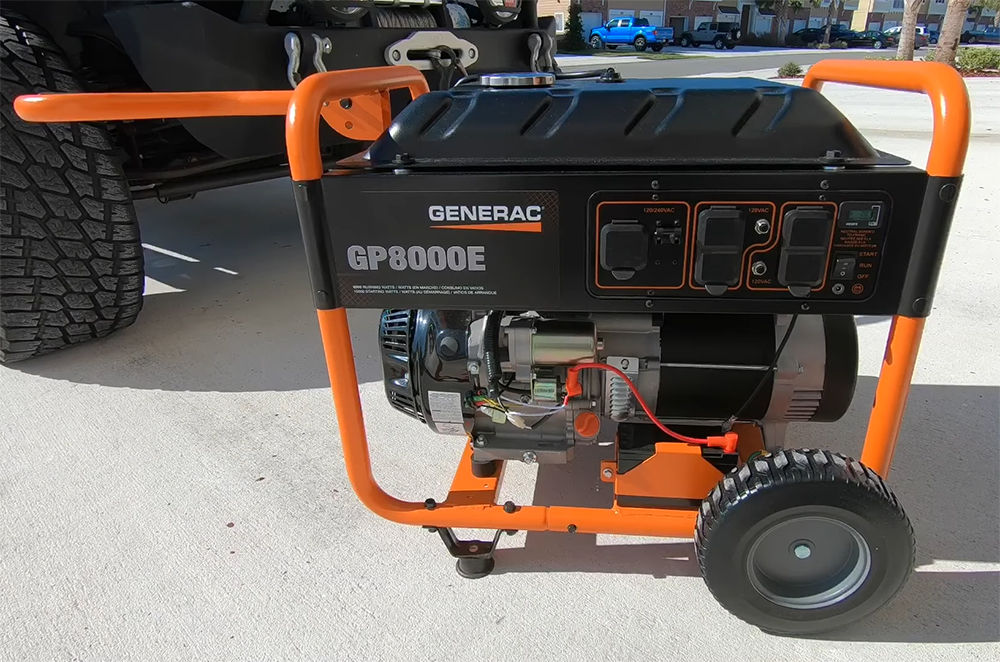
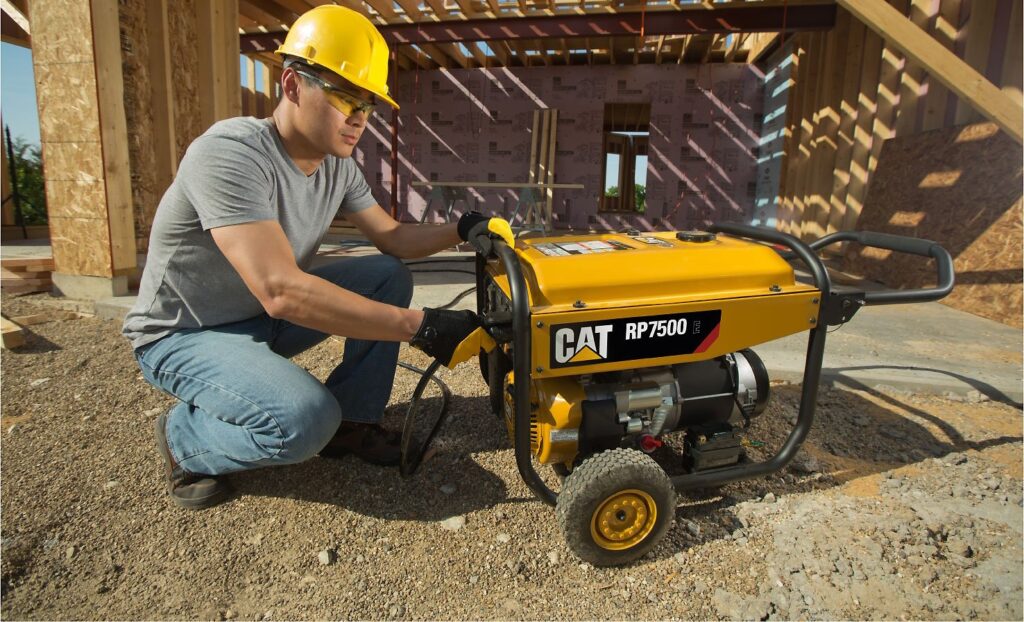

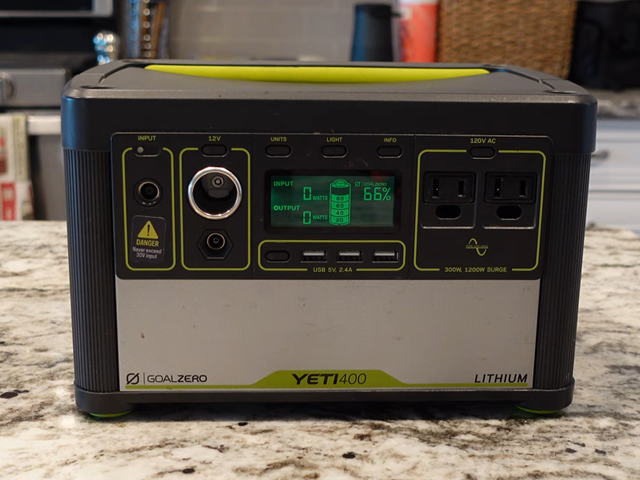
Hi folks, does anyone know how to turn a generator into a welder? Is there some way? I’m not sure I need to buy a welder generator for occasional welding needs.
Yes, I used to have a welding power supply, a 40DC “farm generator.” It worked well but it needed to be plugged into an electric motor to keep the machine running when the arc was stuck. I got rid of it when I moved into my new home because there wasn’t enough room in the garage.
I would say, no. Get a generator and power a welder with it if you need these tools to be portable, since these welder generators are rather heavy. I need a truck to move my Bobcat 225G which is around 500 pounds.
What size generator do I need to run 140 amp welder? Can I get a conventional generator for that?
Ideally, something around 8kW would do. Be sure to get a generator with a low total harmonic distortion, probably an inverter one if you can find it in this size.
Does anyone know if these generators can power a plasma cutter as well? Which one should I get for both welding and plasma cutting?
It depends on both your cutter and generator. I have the TD PakMaster PAK50 which requires 33A at max output. I run it on a generator with 7.5kW continuous output, and it works fine. A smaller generator, say 5kW one, could possibly allow your cutter to operate at 25-30A output. If you have an inverter plasma cutter, it will work more efficiently and use less than 30A input with 50A output. The more powerful generator, the more versatility.
Thx! Obviously, I’ll have to read the specs carefully and do some calculations before buying.
Can I run power something else with a welder generator while welding?
I’m not sure whether any welder generator can handle that. But I recently got the Eagle by Lincoln Electric, and it turned out it can! The Ac receptacles give up to 3,950W of power while welding at 145 amp. At 90 amp, the power output can reach 6,000W. I’m really happy with it. Although moving it around is a challenge…